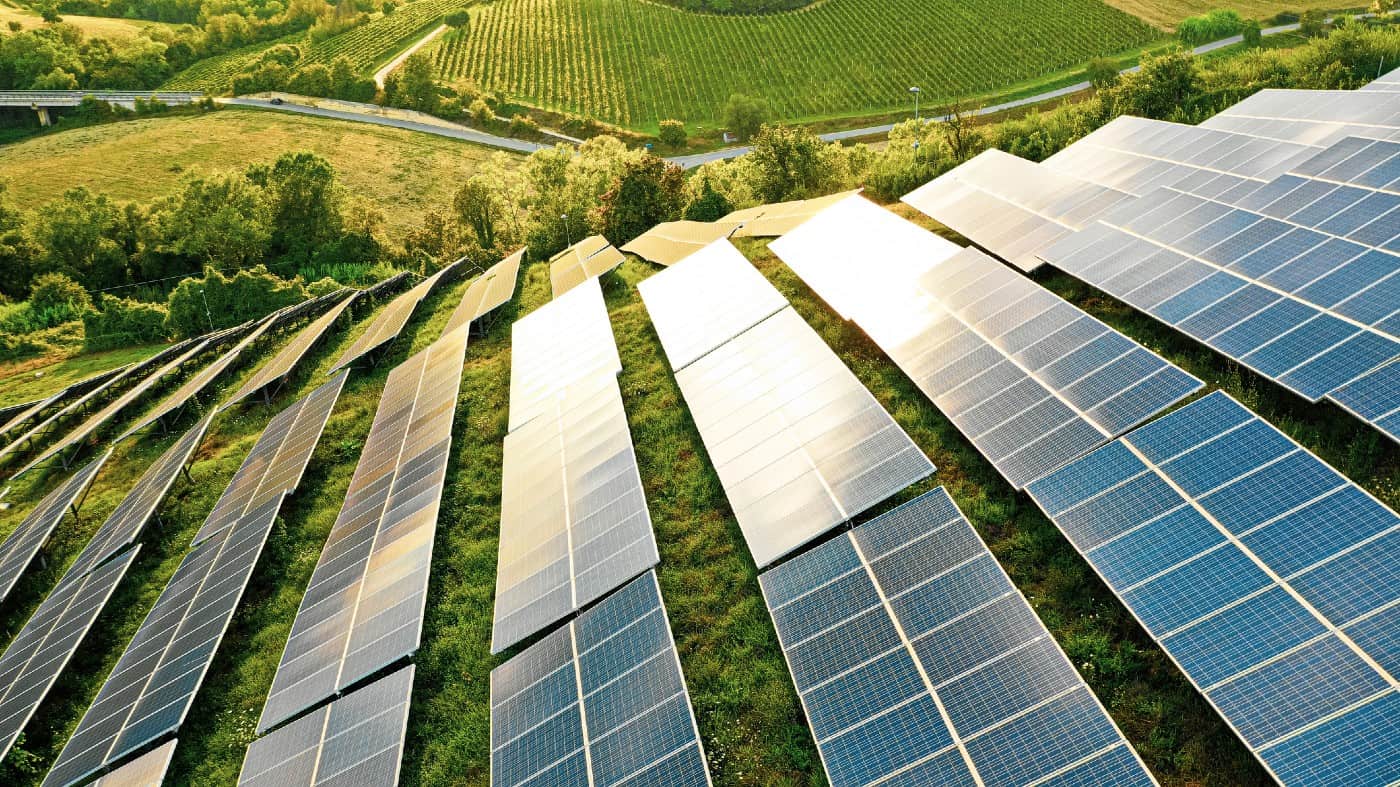The UK remains a wonderful hunting ground for dividend stocks, in my opinion. What’s more, some of these are still trading at very low prices.
Here are just two that grab my attention as we come to the end of January.
Out-of-favour sector
The housing market has taken a big knock in recent months as galloping interest rates, combined with a cost-of-living crisis, have quelled demand from buyers. Naturally, this hasn’t been great news for the UK’s housebuilders.
Among those affected has been FTSE 100 member Barratt Developments (LSE: BDEV). Its share price was on a downward trajectory for much of 2022.
On a positive note, the last few months have seen a recovery, of sorts. The stock is up almost 12% (as I type) in the year-to-date alone.
Despite this, the shares still look cheap at under seven times forecast earnings for the current financial year (to the end of June). Even a huge drop in earnings growth predicted by analysts in FY2024 would still leave the stock changing hands at under 12 times earnings.
So is now the time for me to buy?
Big yield
Well, nobody knows for sure. A lot depends on just how bad the economic data is over 2023.
But a lack of a crystal ball doesn’t stop me from picking out a few things I like here. Barratt is a huge player in a sector that, while cyclical, has great long-term prospects due to the ongoing housing shortage in the UK. Its finances are a lot stronger than they used to be too. 2007, this is not.
But it’s the dividends I like the most. Even though it can’t be guaranteed, Barratt Developments currently yields a monster 7.4%.
Overall, I’d feel comfortable starting to build a position here if I had the cash.
Another cheap dividend stock
A second income stock that looks great value is Renewables Infrastructure (LSE: TRIG). As its name suggests, the FTSE 250 member invests in a portfolio of assets in the renewable energy space across the UK and Europe. These include onshore and offshore wind farms, solar parks and battery storage sites.
The electricity generated from these is then sold, generating revenue for the company and, ultimately, dividends for its owners. Naturally, it must be remembered that it has no control over power prices.
Regular hiker
One of the things I like here is that the income stream is fairly stable. As evidence of this, the £3.2bn-cap has already put together a solid record of increasing dividends every year. That’s despite it only being listed since 2013.
Sure, these hikes haven’t been massive — only a couple of percent, at most. But consistency is key.
As I type, Renewables Infrastructure is down to yield 5.4% in FY23. However, this is only an estimate. It’s also worth highlighting that the Electricity Generator Levy (windfall tax) will impact income for the next two years.
At a price-to-earnings (P/E) ratio of nine, the price is also slightly higher than Barratts. Even so, the added diversification I’ll get if I were to buy both rather than just one is arguably worth the extra cost.
Again, I’d consider snapping up a stake here if I had the funds to do so.
Full-year numbers for 2022 are announced in mid-February.








